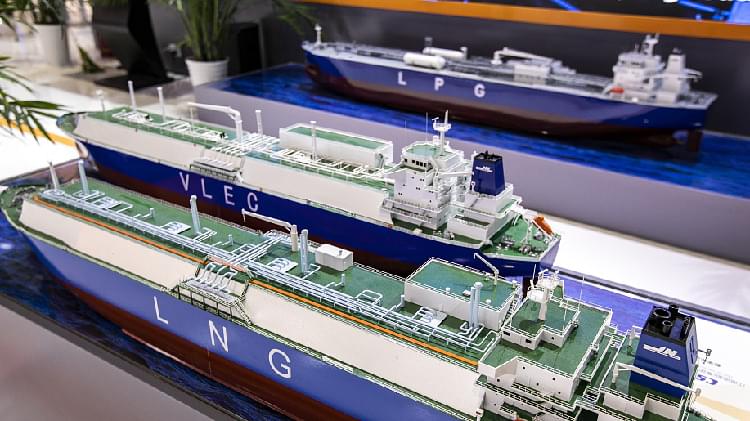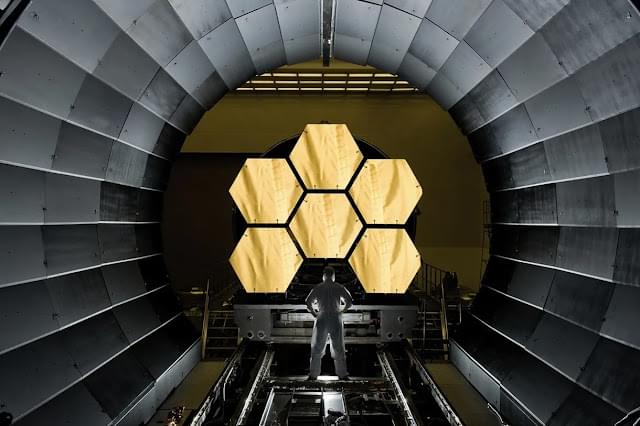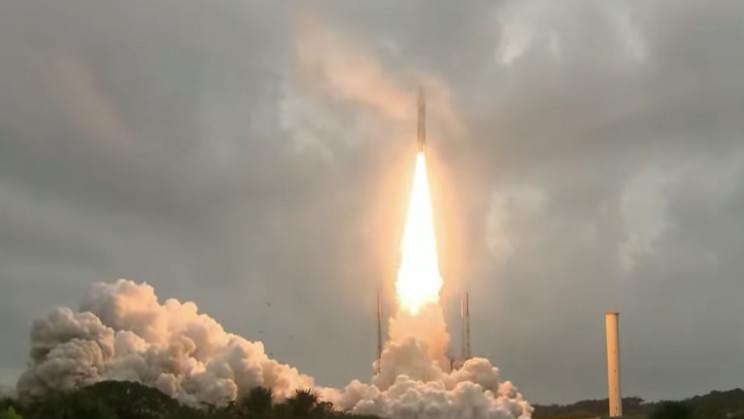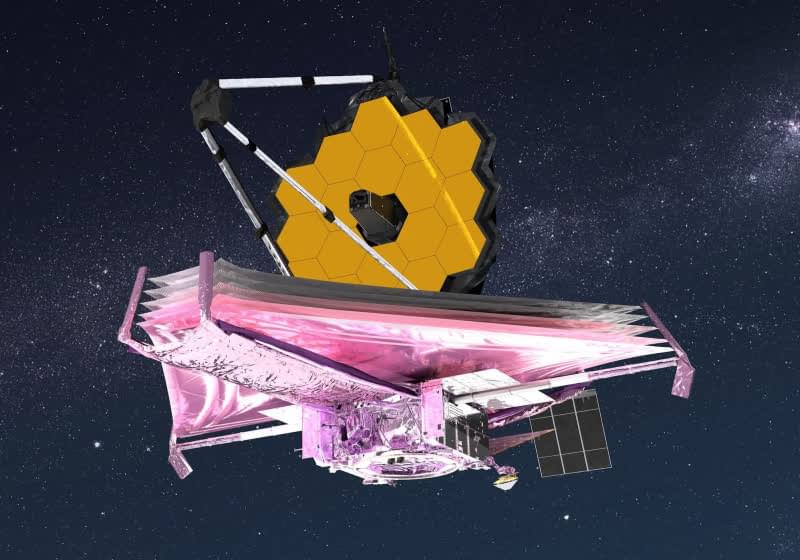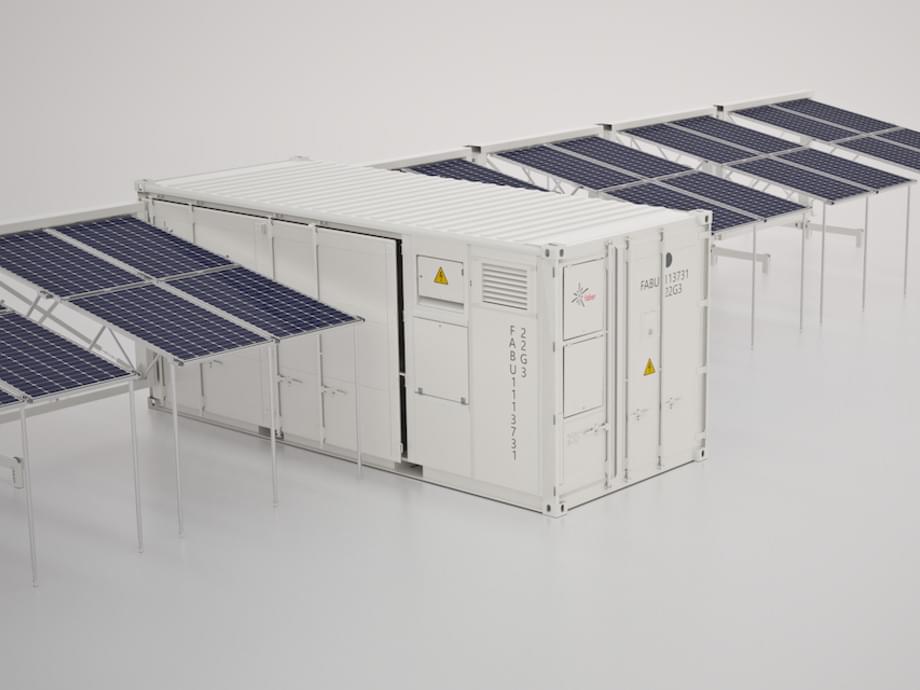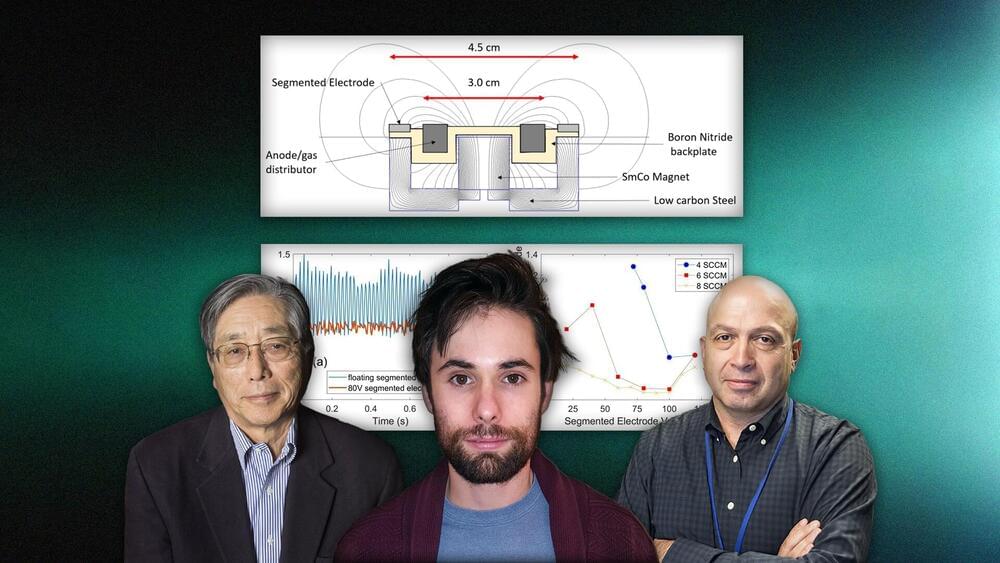Capable of shipping 99,000 cubic meters of liquefied gas across the Pacific Ocean, the world’s first very large ethane carrier (VLEC), “Pacific Ineos Belstaff,” was named and delivered by Chinese shipbuilder Jiangnan Shipyard Group in Shanghai on Tuesday.
As the largest carrier for ethane in the world by far, the vessel features the Type-B cargo quartet containment system “BrilliancE” developed by Jiangnan Shipyard. B stands for Type-B and E stands for ethane and ethylene.
It is also equipped with dual-fuel technology that can use ethane as fuel through a shaft generator that helps it meet the most stringent emission requirements.
